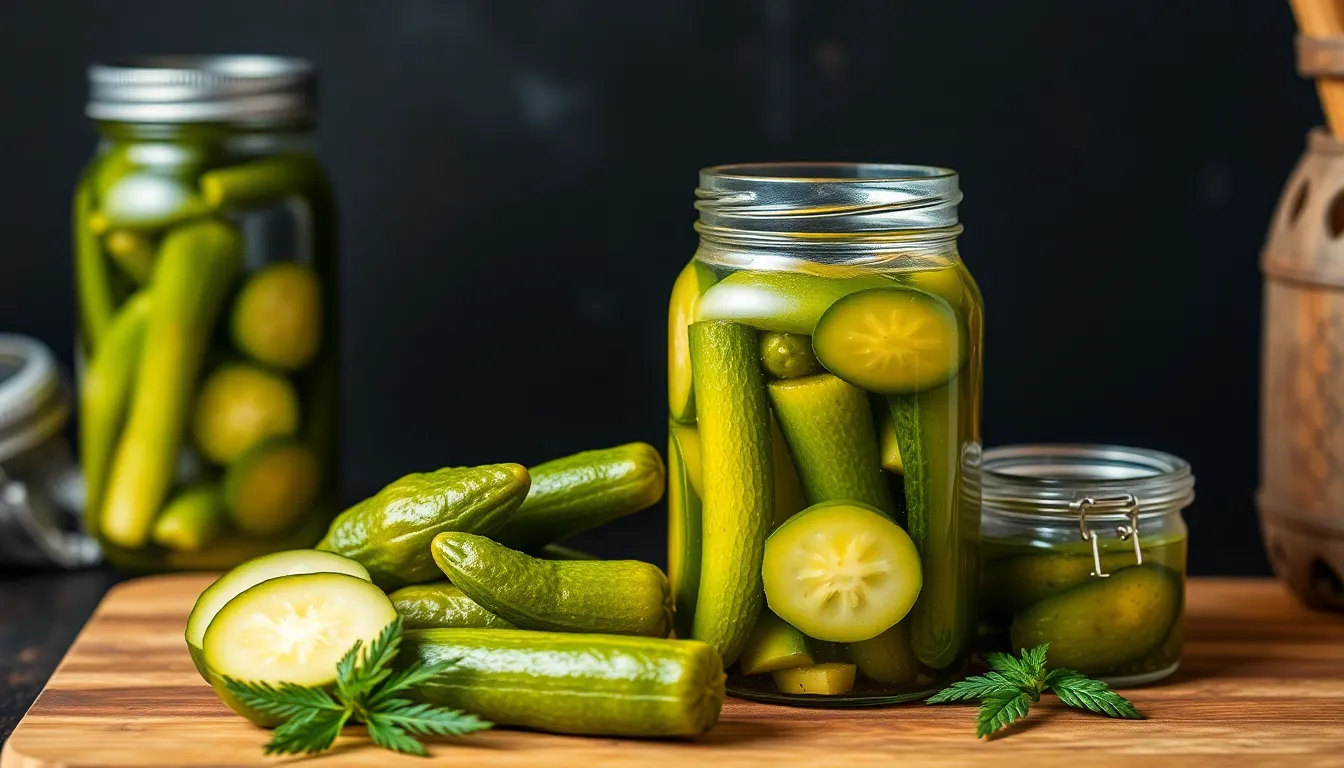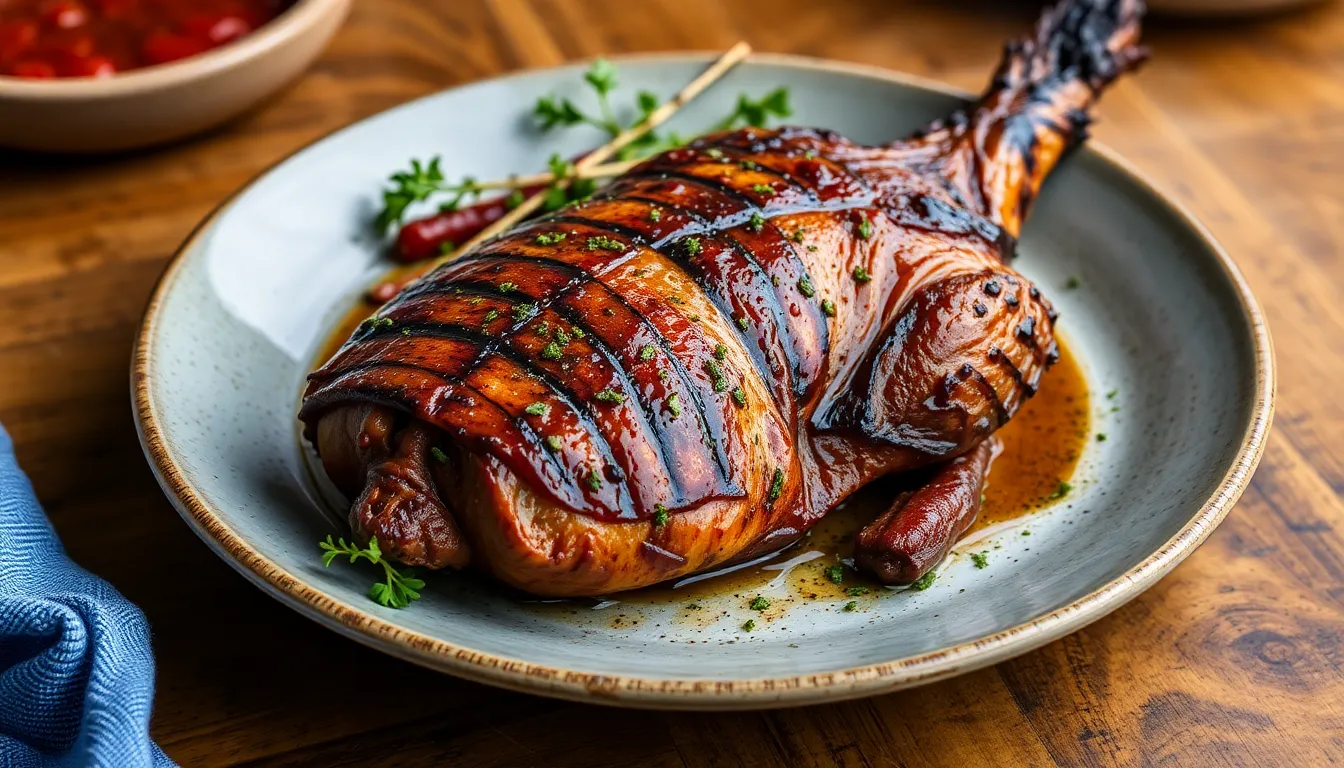How to Make Fermented Pickles: A Classic Recipe
The art of fermentation has been around for thousands of years, providing not only a way to preserve food but also enhancing flavors and adding nutritional benefits. Fermented foods are rich in probiotics, which are great for gut health. Among the myriad of fermented delights, pickles hold a special place in culinary traditions across the globe. They provide a tangy crunch that can elevate any dish, from sandwiches to salads.
In this article, we will explore how to make your own fermented pickles at home. We’ll cover everything from ingredients and equipment needed to step-by-step instructions, and even some creative flavor variations. Let’s dive into the tangy world of fermented pickles!
Ingredients
To create scrumptious fermented pickles, you’ll need a few basic ingredients. Here’s what you’ll need:
- Cucumbers
- Salt
- Water
- Spices (e.g., dill, garlic, mustard seeds, etc.)
- Optional: Other vegetables or flavorings
Ingredient Table
| Ingredient | Quantity | Notes |
|---|---|---|
| Cucumbers | 4-6 medium | Fresh, pickling variety recommended |
| Salt | 2 tablespoons | Non-iodized, sea salt or pickling salt preferred |
| Water | 4 cups | Filtered or distilled |
| Spices | To taste | Dill, garlic, mustard seeds, etc. |
| Optional Vegetables | As desired | Carrots, radishes, etc. |
Equipment Needed
Before you begin, gather the necessary equipment to ensure a smooth pickling process:
- Mason jars (or any glass jars with tight-fitting lids)
- Weights (to keep cucumbers submerged)
- Clean cloth or lid (to cover jars during fermentation)
- Funnel (optional, for easier packing)
Step-by-Step Instructions
Step 1: Prepare the Cucumbers
Start by washing your cucumbers thoroughly under cold running water. Remove any dirt, and trim off the ends. Depending on your preference, you can cut the cucumbers into various shapes:
- Whole (for gherkins)
- Spears (cut in half lengthwise)
- Slices (for sandwich-style pickles)
Step 2: Make the Brine
The brine is essential for the fermentation process. In a medium-sized bowl, dissolve 2 tablespoons of salt in 4 cups of filtered or distilled water. Stir until the salt is completely dissolved. For added flavor, you can enhance your brine by adding:
- Fresh or dried dill
- Crushed garlic cloves
- Mustard seeds
- Red pepper flakes
Feel free to experiment with the spices based on your taste preferences!
Step 3: Pack the Jars
Now it’s time to assemble your pickles. Take your clean mason jars and begin layering the cucumbers with your chosen spices. Here’s how:
- Place a layer of cucumbers at the bottom of the jar.
- Add a sprinkle of your chosen spices.
- Continue layering cucumbers and spices until the jar is filled, leaving about an inch of headspace at the top.
When packing, ensure the cucumbers are tightly packed but not squished. This helps with the fermentation process!
Step 4: Fermenting Process
Once your jars are packed, pour the prepared brine over the cucumbers, making sure they are completely submerged. You can use weights, such as a small jar or clean stones, to help keep the cucumbers below the brine. Cover the jars with a clean cloth or a loose lid to allow gasses to escape during fermentation.
Place the jars in a cool, dark area of your kitchen, ideally between 60°F and 75°F (15°C to 24°C). The fermentation process can take anywhere from 1 to 4 weeks, depending on your taste preference. Here are some tips to check on your pickles:
- Look for bubbles or fizzing in the brine, which indicates fermentation is occurring.
- Check for a tart smell, which is a good sign of fermentation.
- Taste a pickle after a week to see if it has reached your desired flavor.
Step 5: Storing the Pickles
When your pickles are ready to your liking, it’s time to transfer them to the refrigerator. This will slow down the fermentation process. If you’re using a weight, remove it, and seal the jars tightly. Homemade fermented pickles can last in the fridge for several months, but they are best enjoyed within the first few weeks for optimal crunch and flavor.
To maximize shelf life:
- Keep your pickles submerged in the brine.
- Store in a cool part of your fridge.
Flavor Variations
One of the best parts of making fermented pickles is the endless possibilities for flavor variations. Here are some ideas to inspire your creativity:
- Spicy Dill: Add sliced jalapeños or red pepper flakes to your brine for a kick.
- Garlic Lover: Increase the amount of crushed garlic for a more pungent flavor.
- Herb-Infused: Add fresh herbs such as thyme or oregano for a Mediterranean twist.
- Sweet and Spicy: Incorporate a bit of sugar along with red pepper flakes for a sweet heat.
- Citrus Zest: Add lemon or lime zest to the brine for a refreshing citrus note.
Conclusion
Fermenting your own pickles is not only a rewarding culinary project but also a way to connect with a time-honored tradition that has stood the test of time. With just a few simple ingredients and some patience, you can create delicious fermented pickles tailored to your taste. Whether you enjoy them as a snack, in a sandwich, or as a condiment, homemade pickles are a fantastic addition to any meal. So roll up your sleeves, gather your ingredients, and start your pickling adventure today!




